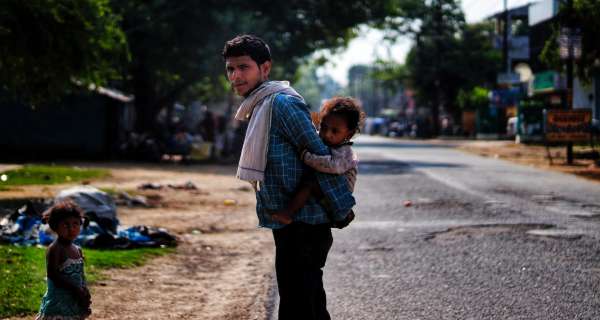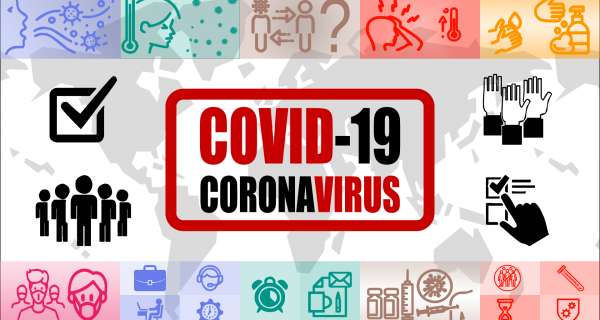Target 3.3: Fight communicable diseases
UN definition: "By 2030, end the epidemics of AIDS, tuberculosis, malaria and neglected tropical diseases and combat hepatitis, water-borne diseases and other communicable diseases."
Number of new HIV infections per 1,000 uninfected population, by sex, age and key populations - SDG Indicator 3.3.1
Definition: Indicator 3.3.1 is the "number of new HIV infections per 1,000 uninfected population".
This is shown as the number of new cases of HIV per year amongst uninfected adults per 1,000 people aged 15-49.
Goal: The target 2030 is to "end the epidemic of HIV" across all countries. The targeted level of reduction, however, is not defined.
UNAIDS has set a target (not specifically related to the SDGs) of reducing to less than 200,000 new infections globally among adults by 2030. This would mean a reduction to 0.02 new cases per 1,000 people globally in 2030.
Tuberculosis incidence per 100,000 population - SDG Indicator 3.3.2
Definition: Indicator 3.3.2 is "tubercolusis per 100,000 population".
Tuberculosis incidence is the number of new cases of tuberculosis per 100,000 people.
Goal: The 2030 target is to "end the epidemic of tuberculosis (TB)" in all countries. The targeted level of reduction, however, is not defined.
Malaria incidence per 1,000 population - SDG Indicator 3.3.3
Definition: Indicator 3.3.3 is "malaria incidence per 1,000 population".
Malaria incidence is the number of new cases of malaria in one year per 1,000 people in a given population.
Goal: By 2030 "end the epidemic of malaria" in all countries. The targeted level of reduction, however, is not defined.
The WHO Global Technical Strategy has set a target of reducing incidence by 90 percent by 2030. This would infer a target of 9 or fewer cases of malaria per 1,000 people globally in 2030.
Hepatitis B incidence per 100,000 population - SDG Indicator 3.3.4
Definition: Indicator 3.3.4 is "Hepatitis B incidence per 100,000 population".
Hepatitis B incidence is the number of new cases of hepatitis B in one year per 100,000 individuals in a given population.
Goal: By 2030 "combat hepatitis" in all countries with a focus on hepatitis B. The targeted level of reduction, however, is not defined.
Number of people requiring interventions against neglected tropical diseases - SDG Indicator 3.3.5
Definition: Indicator 3.3.5 is the "number of people requiring interventions against neglected tropical diseases".
This is defined as the number of people who require interventions (treatment and care) for any of the 15 neglected tropical diseases (NTDs) identified by the WHO NTD Roadmap and World Health Assembly resolutions. Treatment and care are broadly defined to allow for preventive, curative, surgical, or rehabilitative treatment and care.
Goal: By 2030 "end the epidemic of neglected tropical diseases (NTDs)" in all countries. The targeted level of reduction, however, is not defined.



























0 Comments